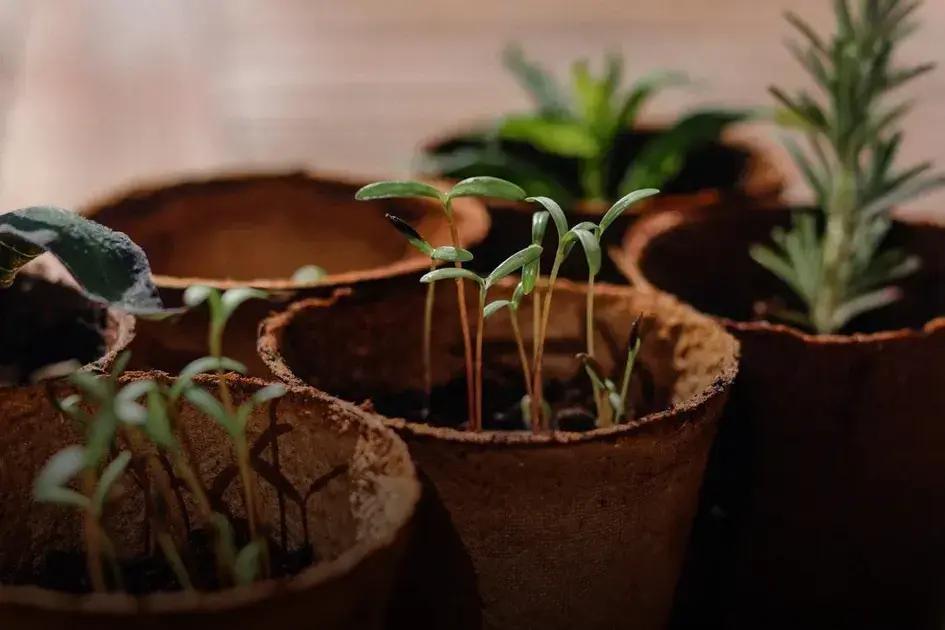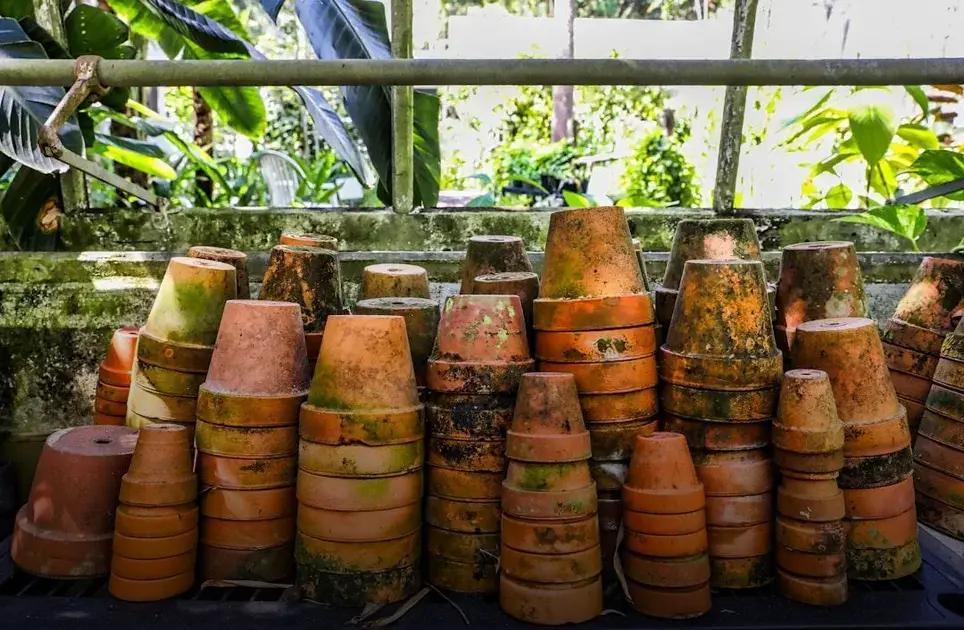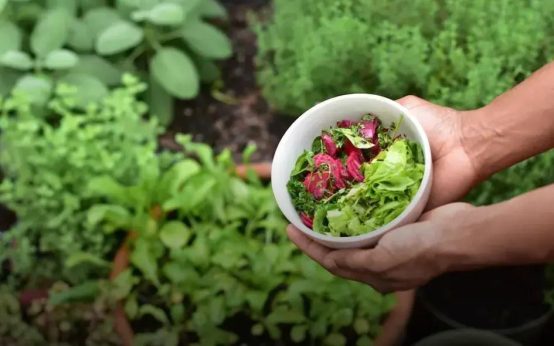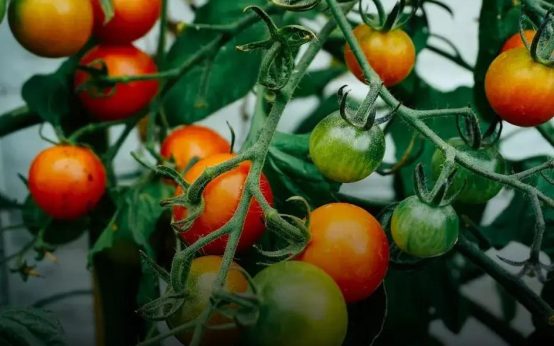Dealing with plant diseases can be frustrating for any gardener. Learning how to spot and treat common plant diseases is essential to maintain the health of your garden. Identifying symptoms early can make a huge difference, and knowing the right treatment options will save your plants. This guide will walk you through the process of recognizing common plant issues and how to address them effectively.
Identifying Symptoms of Plant Diseases
- Examine the leaves, stems, and roots of your plants for any visible abnormalities. Look out for spots or blotches that can be yellow, brown, or black in color. These may indicate fungal or bacterial infections.
- Check for signs of discoloration, which can point to nutrient deficiencies or pest infestations. If leaves appear discolored, observe if there are any associated symptoms like wilting or curling.
- Look closer at the undersides of leaves for webbing or tiny insects.
Inspect roots
carefully for any signs of rot or unusual softness.
- Be attentive to unusual odors emanating from the soil or plant. A rotting smell could suggest root rot or fungal growth, requiring immediate attention.
- Monitor any unexplained growth patterns such as stunted growth or sudden leaf drop. Understanding these patterns can help determine the underlying issue in your plants.
- Identify unique symptoms for specific diseases by researching or consulting guides on symptoms. For example, powdery mildew appears as a white powdery substance on leaves.
Common Types of Plant Diseases

Plants can often fall victim to various diseases, which can hinder their growth and even lead to their demise. Understanding the common types of plant diseases is crucial in ensuring timely and effective treatment. Here are some prevalent diseases to watch out for:
- Fungal Diseases: These diseases thrive in moist environments and include issues like powdery mildew, rust, and blight. They typically form spores that spread quickly, causing discolored leaves and wilting.
- Bacterial Infections: Common bacterial problems include spots or lesions on leaves and stems. These infections can often lead to decay and an unpleasant odor from the plant.
- Viral Diseases: These are intricate and often transmitted by insects. They can cause mottled leaves, discolored foliage, and stunted growth.
- Nematode Infestations: These microscopic worms affect the root system, causing knotting and swelling. They can severely affect nutrient uptake.
Recognizing these diseases early can enable more effective management and recovery of your plants. Look for unusual changes in your plants’ leaves, stems, and overall vigor.
Effective Treatment Options for Disease
When treating plant diseases, a multifaceted approach can help manage and eradicate issues efficiently. First, consider cultural practices like rotating crops and ensuring proper spacing between plants to improve air circulation. This helps reduce the spread of pathogens.
Next, select resistant plant varieties. Many disease-resistant cultivars are available and can prevent frequent outbreaks of common diseases. This ties into the broader strategy of reducing disease incidence before it even begins.
It’s vital to use organic or chemical fungicides appropriately. Start with organic solutions such as copper fungicides or neem oil, which can manage cases without causing extensive environmental harm. If diseases persist, selectively employ synthetic fungicides, but always adhere to recommended guidelines to prevent resistance build-up.
Proper sanitation is crucial. Remove and destroy infected plant material to prevent disease spread. Regularly disinfect tools, and keep the growing area clean of debris that could harbor pathogens.
Lastly, ensure optimal plant health through balanced fertilization and adequate watering. Healthy plants can resist infections more effectively. By adopting these comprehensive treatment strategies, you’ll ensure your garden remains vibrant and thriving.
Preventive Measures for Plant Health

Implementing preventive measures is crucial for maintaining plant health and avoiding common diseases. One effective method is ensuring proper plant spacing to improve air circulation, which helps reduce the likelihood of fungal infections. Additionally, always use sterilized tools before any gardening task, as this minimizes the transfer of pathogens between plants.
Regularly inspect your plants, especially the undersides of leaves, for any early signs of disease. By catching issues early, you’re more likely to prevent them from spreading. Another important step is to use certified disease-free seeds or plants, ensuring they are healthy from the start.
Incorporating a balanced fertilizer regimen can boost plant immunity, as stressed plants are more susceptible to diseases. Consider using crop rotation techniques, particularly in vegetable gardens, to disrupt the life cycles of pathogens.
Ensuring your plants receive the right amount of water is essential. Overwatering or underwatering can both lead to stress and make plants more vulnerable to diseases. Consider a mulching strategy to retain soil moisture and prevent the spread of soil-borne pathogens.
Finally, encourage beneficial insects like ladybugs, as they help keep pest populations in check, thereby reducing potential vectors for disease spread. By integrating these preventive measures, you not only protect your plants from diseases but also promote a thriving garden environment.
When to Seek Professional Help
Dealing with plant diseases can be challenging, especially when you’ve tried numerous steps and the problem persists. It’s crucial to evaluate the situation and determine if professional intervention might be necessary. Here’s when you should consider reaching out to experts:
- Persistent Issues: If you’ve attempted various remedies and the disease continues to impact your plant, it could be an indicator that professional advice is needed.
- Unidentified Diseases: Sometimes, plant diseases are difficult to diagnose without expertise. Professionals can provide accurate identification and suggest specific solutions.
- Widespread Damage: Extensive damage or rapid spread to other plants might require immediate professional treatment to prevent further loss.
- Value of Plants: For valuable or rare plants, investing in professional services can ensure their survival and health.
- Access to Specialized Treatments: Some plant illnesses may require treatments that are not readily available. Experts have access to specialized products and techniques.
Engaging with a professional at the right time can save both your plants and your time. Their expertise can make a significant difference in halting the progress of diseases effectively.


 Hosting a Garden Party: Decorate Naturally with Ease
Hosting a Garden Party: Decorate Naturally with Ease  Outdoor Lighting Ideas to Highlight Your Garden at Night
Outdoor Lighting Ideas to Highlight Your Garden at Night  Incorporating Water Features: Transform Your Garden Oasis
Incorporating Water Features: Transform Your Garden Oasis